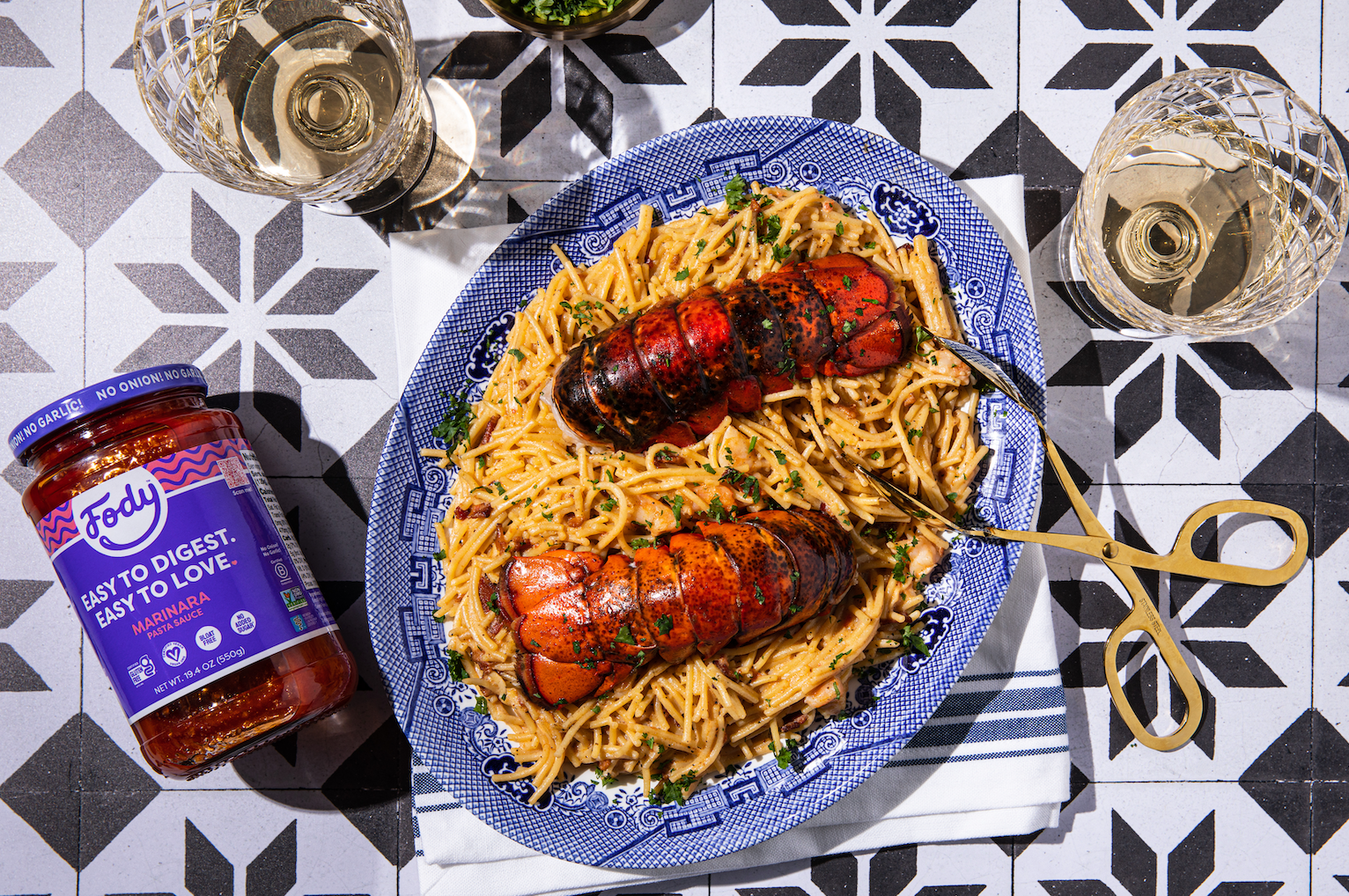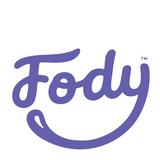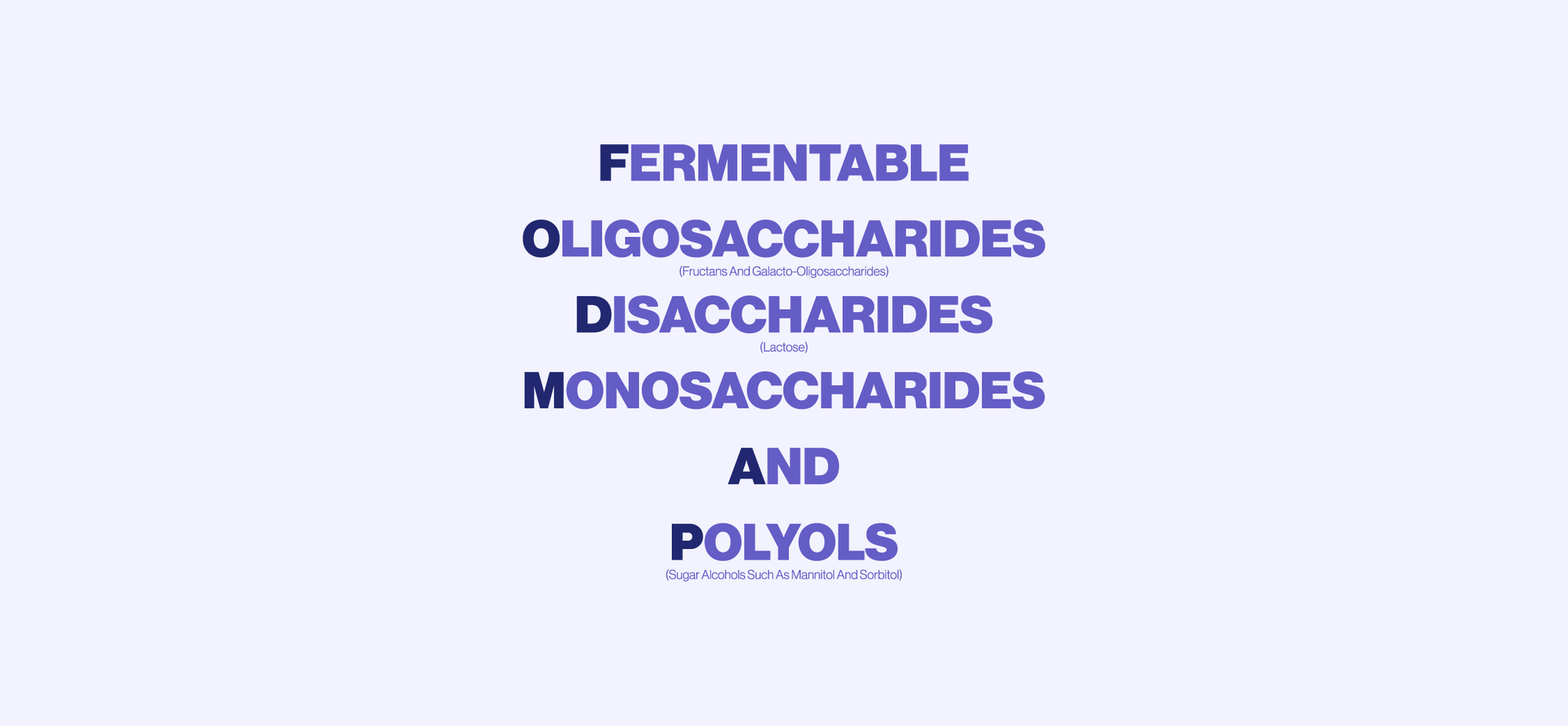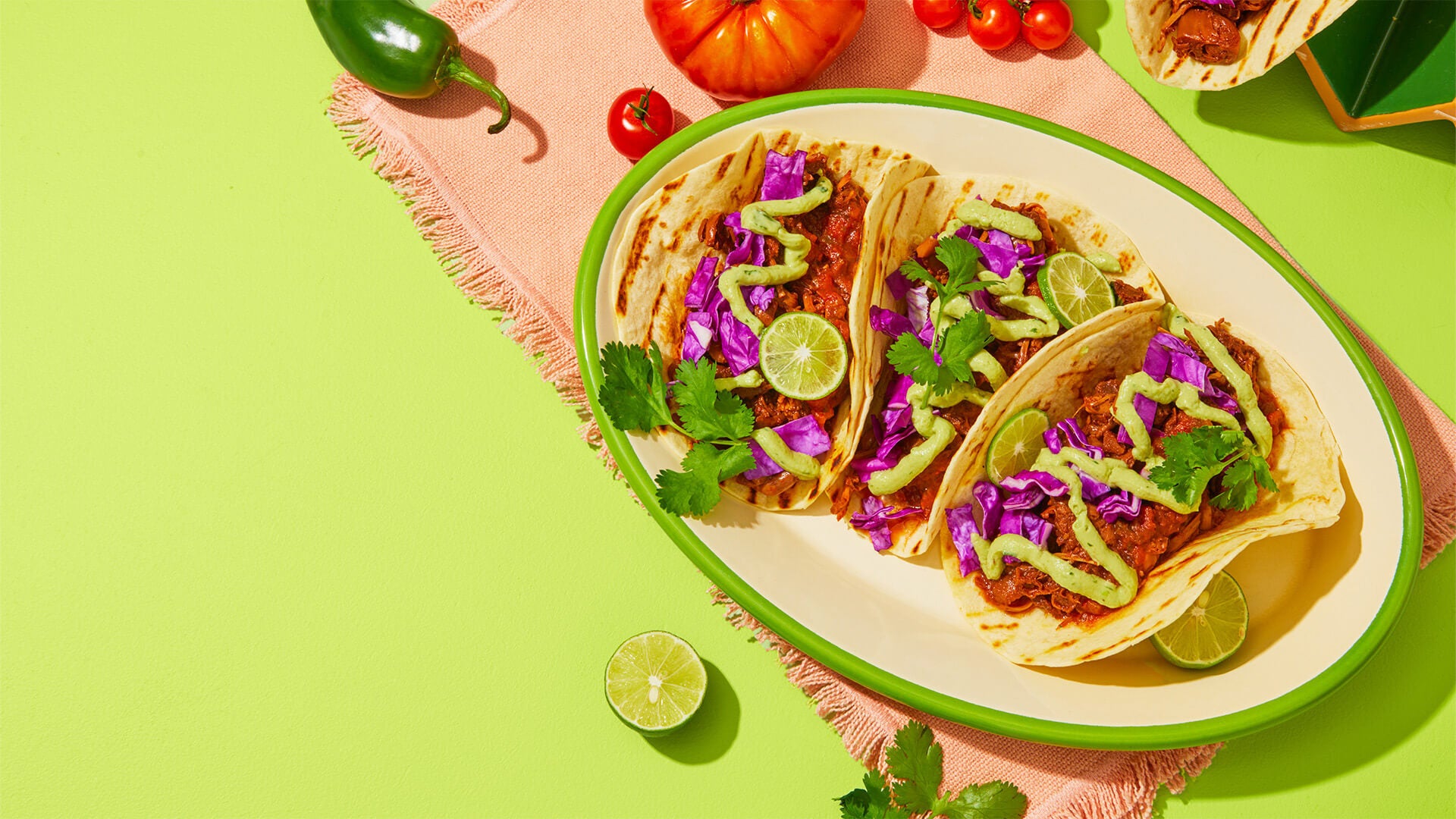This can be a concern (especially for people who tend toward constipation) because many fiber-rich foods are also high in FODMAPs. That said, as long as you know where to look, it is possible to get your recommended 25 to 30 grams of fiber per day while also keeping a lid on your FODMAP intake. Here are some good options:
Brown rice, 1 cup (180 g) cooked – 3.5 grams fiber
Buckwheat groats (kasha), 3/4 cup (135 g) cooked – 3.5 grams fiber
Chestnuts, 10 roasted – 4 grams fiber
Chia seeds, 2 tablespoons − 9 grams fiber
Chickpeas, 1/4 cup (42 g) canned – 2.5 grams fiber
Flax seeds, 1 tablespoon – 3 grams fiber
Kiwi, 2 small – 5 grams fiber
Lentils, ½ cup (46 g) canned – 8 grams fiber
Macadamia nuts, 20 – 5 grams fiber
Oat bran, 2 tablespoons – 2 grams fiber
Orange, 1 medium – 3 grams fiber
Papaya, 1 cup (140 g) cubes – 3 grams fiber
Peanuts, 32 − 3 grams fiber
Quinoa, 1 cup (155 g) cooked – 5 grams fiber
Rice bran, 1 tablespoon – 2 grams fiber
White potato, with skin, 1 medium – 3.5 grams fiber



